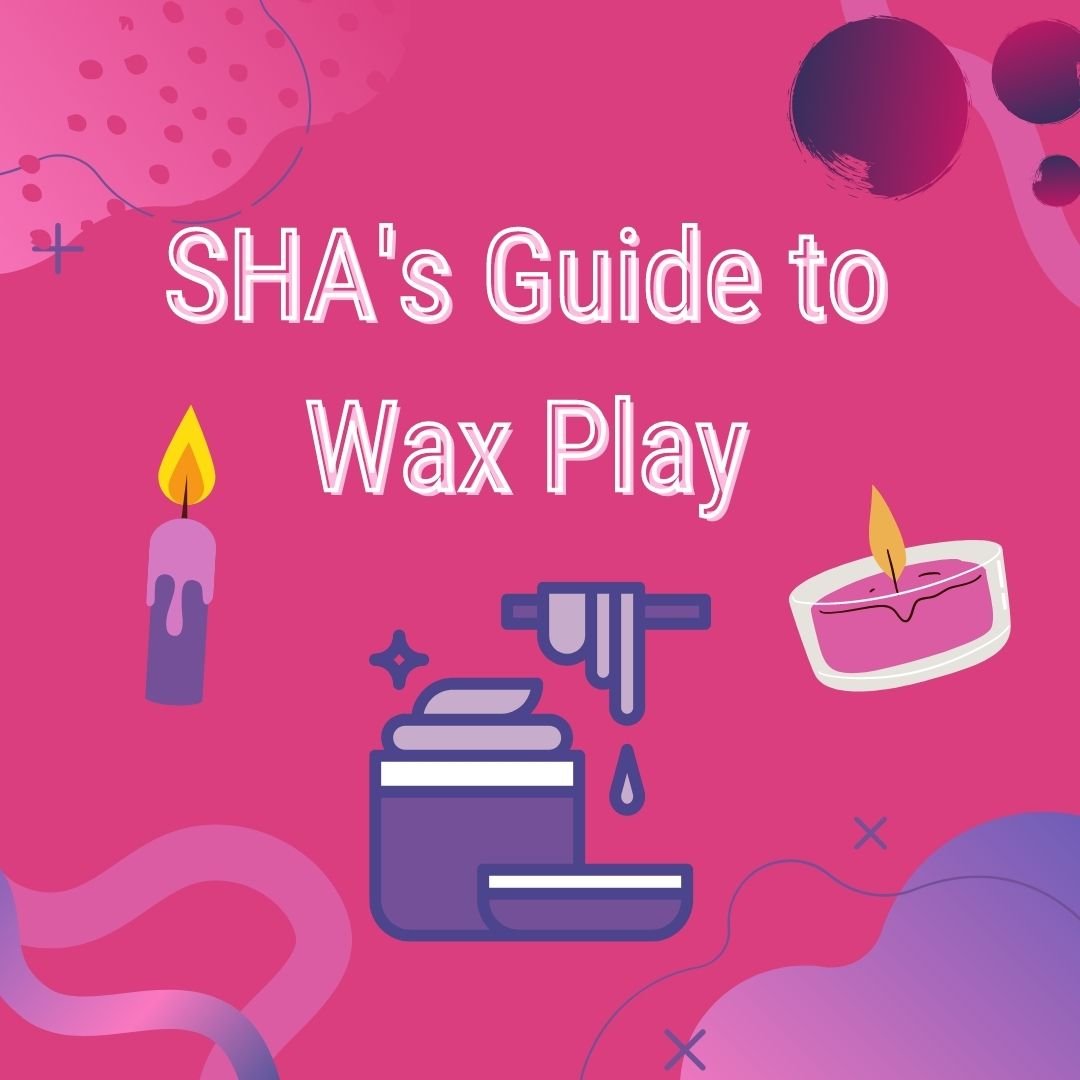Wax play can be a great way to heat up your sex life. The anticipation that sensation play arouses can increase pleasure, especially in the way it involves the enhancement of some senses through the deprivation of others.
Wax play is seen to be a form of edge play due to the way you are literally playing with fire. Using candles does hold the risk of causing bodily harm to a person, hence it is on the ‘edge’ of what is considered within typical safety guides. Due to the high risk that comes with wax play, it is imperative to be knowledgeable of the safety precautions you must know before wax play. Make sure to have a cool cloth, a first aid kit, a fire extinguisher, and access to water all nearby at all times. Emotional safety is an additional thought that should be followed through. Giving aftercare to your partner after any play is a great way to help them cope with the sudden drop in hormones after sex, which can result in negative feelings. This could involve hugs, cuddles, or in this specific situation, helping to remove the wax it has cooled. For other ideas, feel free to check out my piece on aftercare which has a whole host of ideas! If you are still feeling unsure, getting formal training could help to ease your nerves. Attend a course or workshop on wax play to learn more, the majority of these are split into two sections: one learning about theory, and the other being more hands-on/practical.
CANDLES:
In terms of the candles themselves, make sure to read the ingredients. Avoid candles made of beeswax, the ones you typically find in the home section of your local supermarket. These candles burn hot and will burn you. As someone who has experienced the pain of second-degree burns from a jug of hot gravy, I would not recommend any candles that will result in burns rather than pleasure. My sweet pear and apple candle from Tesco (the UK version of Walmart) that is currently alight is great for making my room smell nice, but not appropriate for wax play in any way. Focus on candles that are made for the body; shea butter and soy are great alternatives. Scented paraffin candles burn between 120 F and 135 F, whereas beeswax candles, being long-lasting and industrial, typically burn from 145 F to 170 F. Soy candles fall somewhere in the middle by having a medium burning temperature—between 135 F and 145 F. An additional benefit of soy candles is the wax cools quickly on skin contact. There is also the option of massage oil candles. These types of candles are softer and turn into a massage-like oil when it hits the skin, hence making these massage candles a great way to ease into the concept of wax play.
CLEAN UP:
For an easier job cleaning up, having an old towel or plastic covering protecting the floor or bed where the receiver will be laying down can help. Be mindful of your space around you too, make sure that all areas are safe and free from flammable materials. Also be aware that having wax stuck on body hair can be painful and time-consuming to remove. Some don’t mind this additional effort and find a loofah or butter knife can be a useful tool to remove stubborn wax, others may prefer to shave the areas that the wax will be in contact with— it is completely up to you! Just remember to communicate with your partner(s) beforehand, making sure you are all knowledgeable and comfortable with what is going to happen. Set guidelines as to where you are and are not happy for wax to be dropped on to.
PLAY:
You should test the first drip on yourself, rather than someone else to be certain the wax is at an appropriate temperature. The further away from the skin, the wax is dropped, the safer as this way the wax has time to further cool. In terms of wax placement, a general rule of thumb is to never let the wax go above the shoulders, this is because you have no control over it potentially landing on the face and causing a health risk. Never pour wax on an open wound or near any genitalia. If you are in a Dominant/submissive dynamic, it can help to create a threshold and can help the Dominant understand the sensations that their partner will feel.
As always, communication is key to making this work. Talk to your partner(s) before, during and after the scene. If you want to incorporate bondage or blindfolds, make sure to discuss boundaries and safe words or actions that can stop the scene if it gets too intense or you become uncomfortable — this way everyone involved can remain safe when things get warm. If you’re interested in learning more about the world of kink, check out SHA’s Kink-Informed Certificate program taught by the Supernova of Kink herself, Midori.
By Stephanie McCartney




